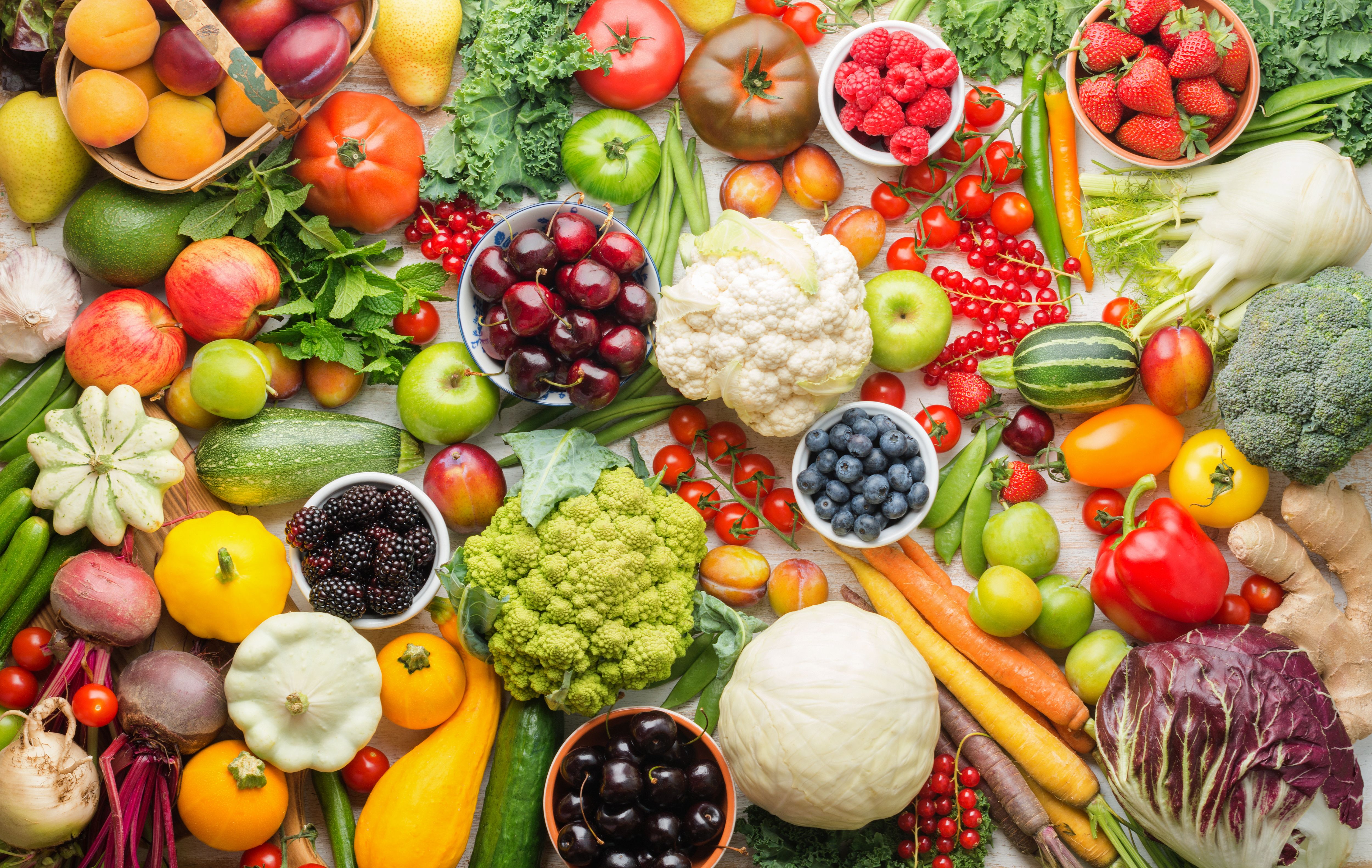Article Highlights
- The integration of HPLC with ICP-MS/MS offers a novel approach for accurately detecting harmful substances such as ethylene-thiourea (ETU) and propylene-thiourea (PTU) in fruits and vegetables.
- A recent study from the French Agency for Food Safety validated this method, achieving baseline separation of ETU and PTU in less than 5 min with recovery factors ranging from 87% to 101% for ETU and 98% to 99% for PTU across various spiking levels.
- The method exhibited low coefficients of variation in terms of repeatability and intermediate reproducibility, highlighting its consistency in detecting trace pesticide residues in food samples.
Fruits and vegetables are known for containing ethylene-thiourea (ETU) and propylene-thiourea (PTU), which are harmful substances for humans. Better analytical methods are needed to detect ETU and PTU properly and accurately in food products before they go to market.
High performance liquid chromatography (HPLC), when combined with inductively coupled plasma–tandem mass spectrometry (ICP-MS/MS), offers a new approach that can be used for this purpose. In a recent study published in Analytical and Bioanalytical Chemistry, lead author Petru Jitaru and his team from the French Agency for Food, Environmental and Occupational Health & Safety (ANSES) developed an innovative approach combining HPLC and ICP-MS/MS (1).
The study achieved baseline separation of ETU and PTU in less than 5 min, providing swift and accurate detection of these harmful substances. The team validated the method's robustness using the accuracy profile approach, conducting four measurement series in duplicate at six different levels over a four-week period, covering different days (1).
The results of the validation process were encouraging. The recovery factors ranged from 87% to 101% for ETU and 98 to 99% for PTU across various spiking levels (1). The coefficient of variation in terms of repeatability (CVr) ranged from 1 to 4.7% for ETU and 1.8 to 3.9% for PTU, demonstrating the method's consistency (1). Additionally, the coefficient of variation in terms of intermediate reproducibility (CVR) ranged from 3.4 to 10% for ETU and 1.8 to 10.8% for PTU (1).
Another benefit that this method demonstrated was its low limit of quantification. The method detected ETU at 0.022 mg/kg (wet weight [ww]) and PTU at 0.010 mg/kg (ww) (1). These findings underscore the technique's sensitivity in identifying trace amounts of pesticides in food samples.
As this study demonstrates, using HPLC and ICP-MS in tandem creates a robust method for detecting fruits and vegetables. With growing concerns regarding pesticide residues in agricultural produce, this method represents a significant advancement in analytical chemistry (1).
The application of this combined technique can improve pesticide monitoring practices, providing regulators and consumers with reliable data to make informed decisions about food consumption.
This article was written with the help of artificial intelligence and has been edited to ensure accuracy and clarity. You can read more about our policy for using AI here.
Reference
(1) Bendhiab, I.; Dirtu, A. C.; Marchond, N.; et al. A Novel Analytical Approach for the Determination of Ethylene-Thiourea and Propylene-Thiourea in Vegetal Foodstuffs by High-Performance Liquid Chromatography Hyphenated to Inductively Coupled Plasma–Tandem Mass Spectrometry. Anal. Bioanal. Chem. 2024, 416, 431–438.







